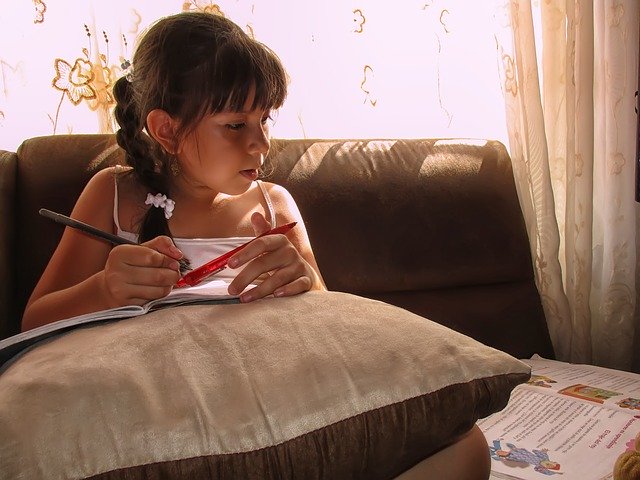What do football and vocabulary have in common? Practice makes perfect.
That is what I tell my high school student-athletes in an effort to relate their classroom learning to what they do on the field. The truth is that vocabulary instruction is similar to practicing a new sport. The first step is to familiarize yourself with the content – in football, you learn a series of plays while in vocabulary you study a variety of new words. Once you’ve mastered the content, you start putting it into practice until you are comfortable enough to use it in a real world situation.
Unlike football, vocabulary development is essential for all students to form the foundational skills of reading, a gateway to success in school and beyond. And as a high school educator, my students are focused on building their tier two vocabulary.
For those not familiar with vocabulary instruction, one of the most widely recognized models categorizes vocabulary development into the following three tiers:
-
Tier one: These are the most common, everyday words that a majority of students acquire naturally during childhood development. For example, words like chair, floor, and book.
-
Tier two: Words in this category are used frequently, across a variety of content areas, and are important for students to succeed in school and beyond. For example, words like analyze, evaluate, and coincide.
-
Tier three: These words are usually limited to a specific field of study and are not typically used in everyday conversation. For example, words like jurisprudence, preauthorization, and staccato.
Traditional vocabulary instruction relies heavily on rote memorization. However, we know today that this type of passive learning is not as effective as activities where students are more engaged and able translate their classroom learning into real world contexts. For vocabulary development, this means encouraging my students to move beyond memorizing a single definition of a word.
Vocabulary instruction in action
Here are three strategies I’m using in with my high school seniors to help them build and exercise their tier two vocabulary knowledge:
Leverage multimodal and multisensory instruction
To move away from rote memorization, I introduced my students to InferCabulary, a web-based vocabulary tool that takes a multisensory approach in helping learners understand tier two and academic words. The tool uses practical definitions combined with visual elements and audio recording to help students actively infer the meaning of words across a variety of different contexts. The combination of reading, sight, and sound helps to elicit a higher level thinking about new words, which ensures that vocabulary knowledge is lasting and useful. In fact, I have noticed students using this multisensory approach – called semantic reasoning – to research unfamiliar words using Google images rather than using the traditional text-based definition.
Find a way to ensure students are engaged in learning
When working with student-athletes, I try to use their competitive nature to my advantage. Each week I am able to track the number of new words my students acquire. Using this list, we work as a class to review these words, and grade points are awarded to those who are able to provide a definition or example of the word. By using the combined list of words that students have been working on individually, I am able to encourage all students to participate. It’s important to balance intrinsic and extrinsic motivation to ensure this type of learning is sustainable. By combining the students’ own desire to finish first (intrinsic) with extra points added to their grades (extrinsic), I am able to challenge my students to do their best while also becoming more engaged in their learning activities. While competition may not work for every classroom, it is important to try to find an activity that encourages your students.
Remember, repetition is key
While rote memorization may not be the most effective method for vocabulary development, repetition is key. Exposure to their newly developing vocabulary over time and across learning activities allows students to interact with new words in an authentic way. For example, I am able to pull out focus words from upcoming reading materials and assign students the words in InferCabulary. This helps to ensure that students have exposure to a new word prior to coming across it in their studies. The next step is for students to incorporate their new vocabulary into their end-of-year 10-page writing assignment.
The benefits of building a student’s vocabulary extend well beyond the classroom and into the increasingly uncertain future of work. Using these athletics-influenced strategies, my students understand that they can be as successful in the classroom as they are on the field.
Anne Spencer is the Academic Coordinator at Saint Frances Academy, where she monitors student progress, oversees daily tutoring, study hall, and summer programs to put students in the best possible position for college and beyond. Anne studied Special Education (K-12) and Elementary Ed (K-6) at The University of Southern Mississippi, where she graduated with Highest Honors. Anne also earned a Master’s of Education Degree in Special Education from The University of Southern Mississippi. Follow Anne on Twitter @aprussell52
___________________________________________________________________________________________________________________________________________________________________________________________
If you enjoyed this article, please sign up for our daily edtech news briefing. For more great content, subscribe to any of SmartBrief’s 275+ email newsletters.
